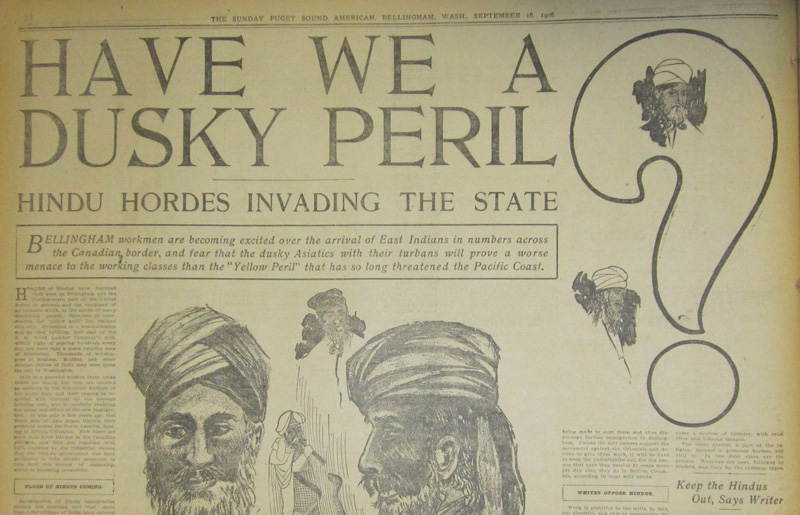Sean Raymond in Nautilus:
Imagine that two very similar-looking neighbors undergo a genetic test. The exam shows that the pair’s genetic fingerprints are virtually identical. They feel a flash of shock and excitement. What does this mean? Could they be long-lost twins, separated in a hospital mixup? The Earth and Moon share a similar issue, one that poses a major scientific puzzle. At the isotopic level—the “genetic” level for rocks—the Earth and Moon are essentially identical. While they have different relative amounts of rock and iron, the Earth and Moon’s rocks share the same isotopic signatures in several different elements; oxygen is the most studied. This isotopic similarity has stumped scientists for decades. It must mean something about the Moon’s origin, but exactly what? Over the past century astronomers have come up with several theories for how the Moon formed. Perhaps the Moon was a wandering planet that was gravitationally captured by Earth (the capture theory). Perhaps the nascent Earth was spinning so fast that it barfed out the Moon (the fission theory). Or perhaps the young Earth was hit by another growing planet and this created the Moon (the giant impact theory). In recent years the third of these ideas has taken over as the preferred model.
The giant impact theory echoes what we know about the formation of the entire Solar System, which coalesced from a disk of gas and dust around the young Sun. The Earth and the other planets grew in a series of collisions, starting from dust particles and culminating in massive impacts between planet-sized bodies. The last giant impact involving the growing Earth may have spawned the Moon by creating a disk of rocky debris in orbit around the planet. The giant impact model has become so popular that the two bodies involved in the impact even have names: the proto-Earth (the progenitor of Earth) and Theia (the impacting body, named for the Greek goddess who was the mother of the Moon). To get a better understanding of these two bodies, we need to look at their genetics. Here, “genetic” information refers to exquisite geochemical measurements of different isotopes of certain elements.
More here.

